- About Us
- Bearings
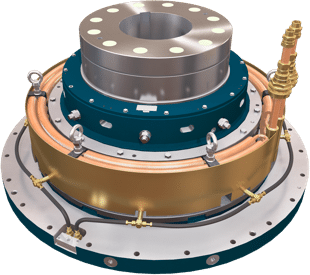 Vertical Bearings
Vertical Bearings
- AV Series
AV
LV SeriesLV
MV SeriesMV
V SeriesV
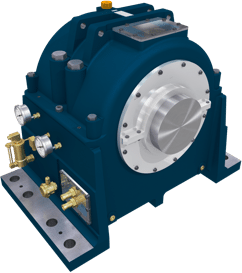 Horizontal Bearings
Horizontal Bearings
- HD Series
HD
IH SeriesIH
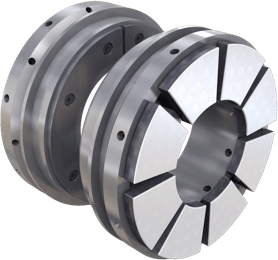 Tilting Pad Bearings
Tilting Pad Bearings
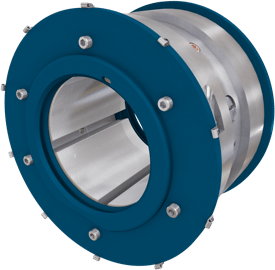 Journal Bearings
Journal Bearings
- Journal Pad Units
Journal
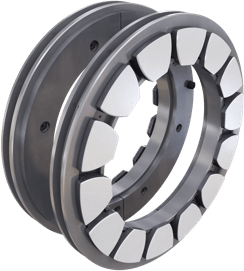 Thrust Bearings
Thrust Bearings
- SE Series
SE
Omega EqualisedOmega
OmegaOmega
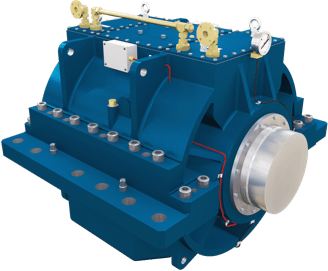 Marine Bearings
Marine Bearings
- Marine Gearbox Internals
Marine
Marine Propulsion Motor
and Generator BearingsEnter your email to download the full paper
"*" indicates required fields
Outline
Home > The Institute of Marine EngineersThe Institute of Marine Engineers
A Rose, B.Sc, C.Eng, A.M.R.I.N.A (Associate Member)
This paper emphasises that reliability is the all-important factor in the design of marine bearings and because of this, design methods tend to be concervative. Well-established methods for calculating film thickness and power losses of fluid-film bearings are given. Some notes are given on elasto-hydrodynamics, but the design and selection of roller bearings are based on a limited fatigue life. Emphasis is given on the need for design data based on experimental work on realistic shafts of about six inches diameter and the difficulties in using data from small scale experiments are pointed out.
Various types of bearing are described, also the effect that the positioning of beaings and the seating arrangements can have on loads and vibration. Typical bearing failures are described and a chart given showing potentially dangerous material and oil combinations for turbine bearings. Future trends are examined and the conclusion reached that plastics will have the greatest single effect in bearing design.
Introduction
The reliable operation of rotating and reciprocating machinery is very largely dependent upon the correct functioning of the bearings which carry load between components in relative motion to each other.
In the design of marine bearings, as opposed to other machinery applications, two points must be considered such as the possible tragic effects of machinery breakdown at sea and that all machinery is mounted on a continually flexing platform and that actual service loads may be in excess of those calculated assuming a static platform; this particularly true of, say propeller shaft bearings.
Although economy takes second place to reliability in marine machinery, every effort has to be made to ensure economical use of machinery and, as far as the bearings are concerned, this mean that first cost and power loss must be as low as possible, consistent with reliability. It is also established in marine engineering that designs based on limited life are not acceptable as for instance in aeronautical engineering. Thus, for example, the automatic replacing of bearings after a certain number of hours would not be countenanced.
That bearings have to be reliable and generally last the life of shore ship means that marine bearings are usually conservatively rated and that the design methods used are well proven. Modifications can only be made after extensive experience has been gained in less vulnerable applications.
One of the difficulties facing the designer of marine bearings which, on the whole, tend to be large, is the difficulty in obtaining reliable experimental data.
For reasons of cost, most experimental work is carried out on relatively small diamter bearings of one or two inches diameter. It is accepted that the laws of similarity probably hold good only for a twofold increase in scale and, since the majority or marine bearings are in excess of six inches diamter, there exists a considerable gap in our knowledge.
The British Ship Research Association is exceptional in having excellent facilities for testing 6-in turbine journal bearings and turbine thrusts up to 10,000 rev/min as well as being able to run full load tests on main thrust blocks.
ACCESS FULL PAPERRecommended articles
PTFE Faced Bearings for Marine Propulsion Applications
PTFE Faced Journal Bearing Technology for Marine Propulsion Applications
Naval Thrust Bearings
PTFE Bearing Technology for Thrust and Journal Applications
Michell Bearings
Waldridge Way,
Simonside East Industrial Park,
South Shields,
NE34 9PZ.Tel: +44 (0) 191 273 0291
Email: sales@michellbearings.com
Email: hrteam@britishengines.com
Email: recruitment@britishengines.com© Michell Bearings.
Registered Office Address: 11 Glasshouse Street, St Peter's, Newcastle upon Tyne. NE6 1BS. Company registered in England and Wales no. 9390648

 PTFE Bearings
PTFE Bearings